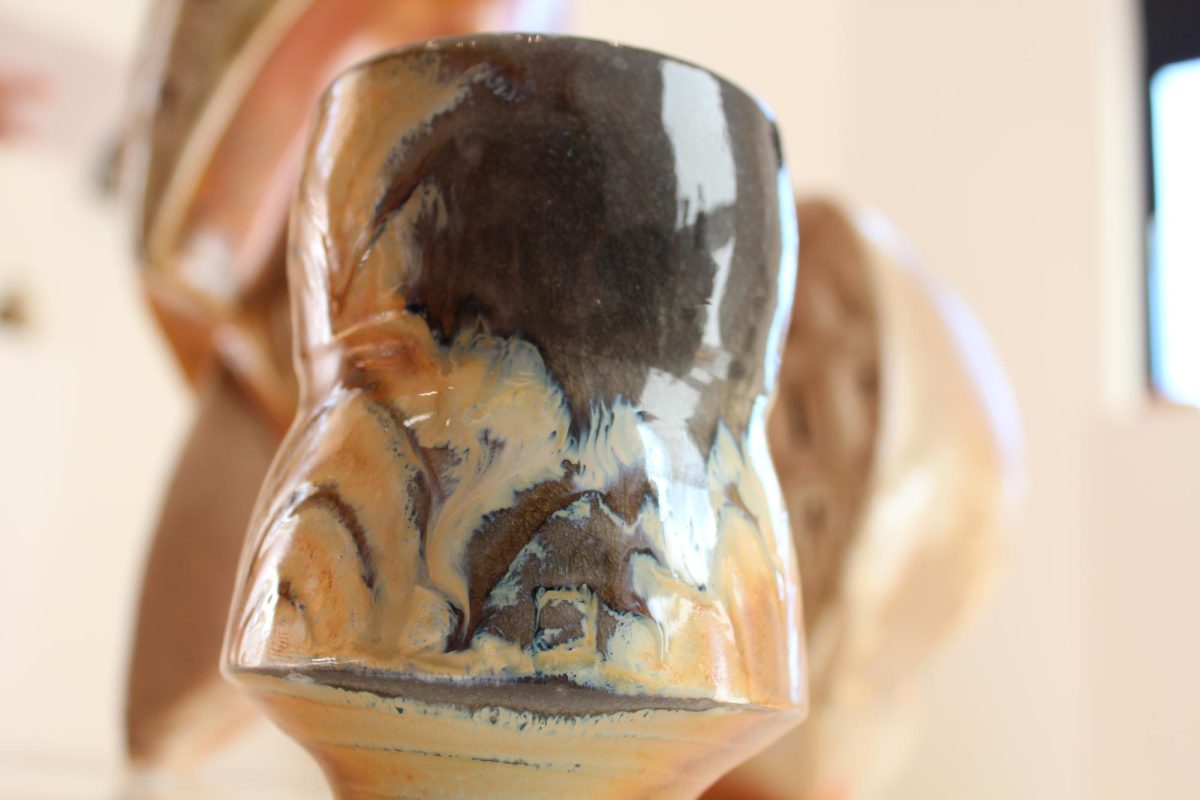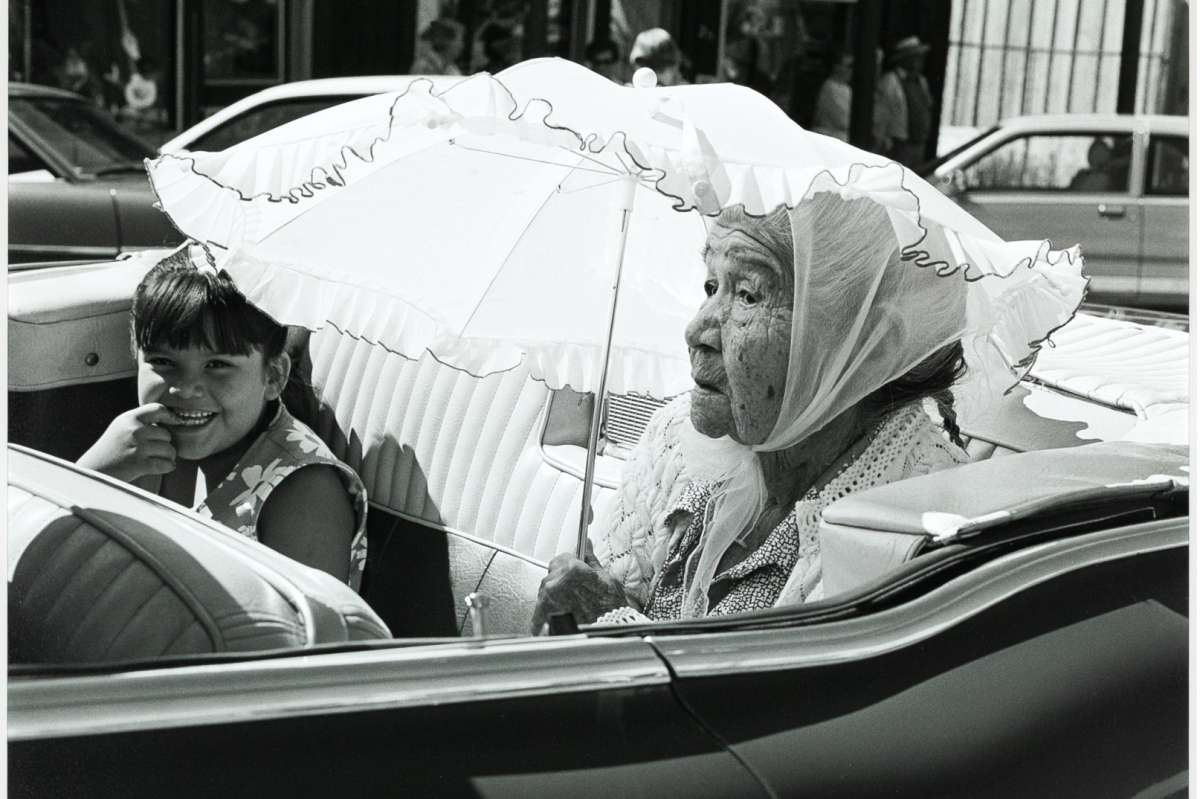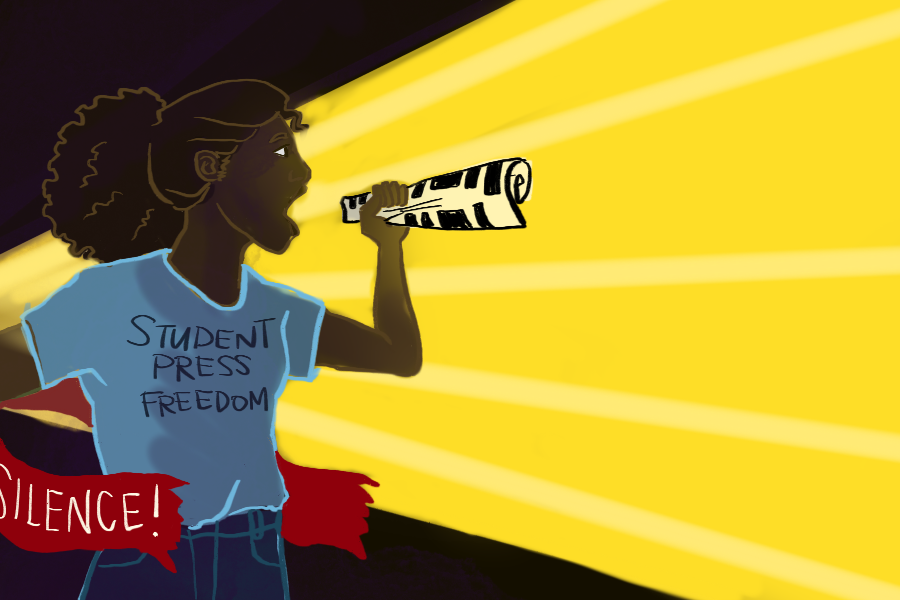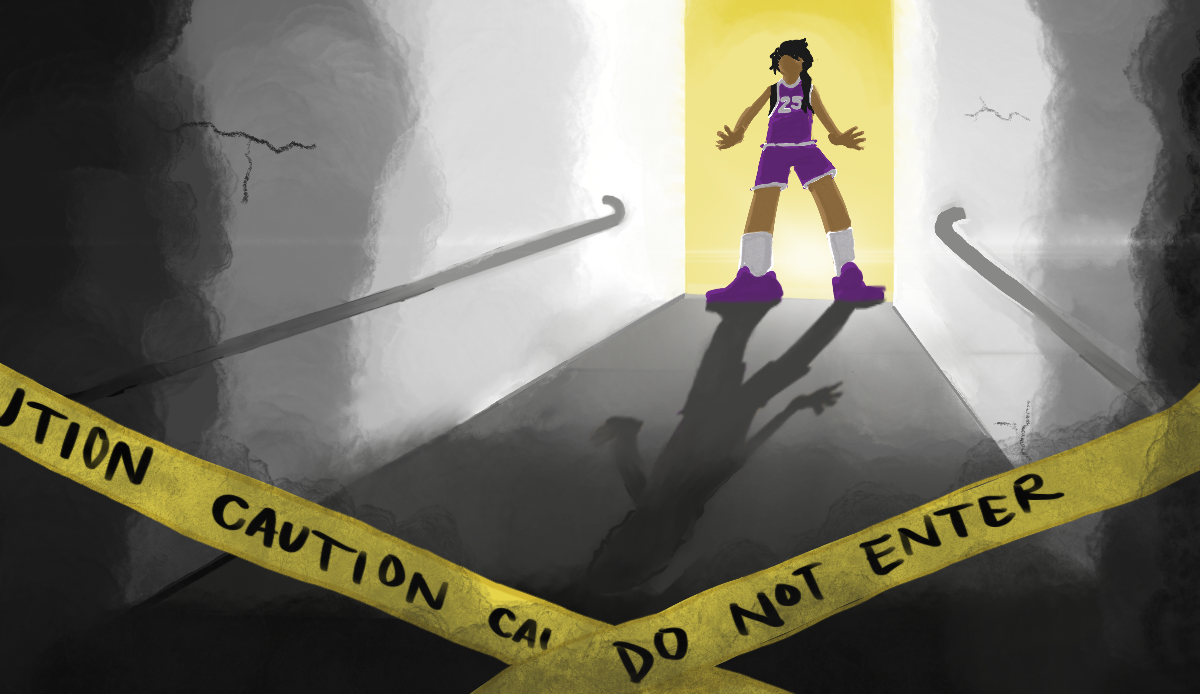ACT Produces the classic tale, weaving time like a tapestry with ambition and great artistry
 The American Conservatory Theatre’s visually beautiful production of Tom Stoppard’s “Indian Ink” is absorbing and thoughtfully rendered. The cast and production team tastefully bring out the humor and erotic overtones of the piece.
The American Conservatory Theatre’s visually beautiful production of Tom Stoppard’s “Indian Ink” is absorbing and thoughtfully rendered. The cast and production team tastefully bring out the humor and erotic overtones of the piece.
The set’s tiered design accommodates the chronologically and geographically layered story of “Ink.” The plot pivots around the 1930 visit of fictional British poet Flora Crewe to Jummapur, India. Crewe (played by Brenda Meaney) is a free-spirited, flapper-esque Artist (with a capital A) who has essentially come to India to die.
During her stay in Jummapur, she meets Nira Das, (Firdous Bamji) who appears to be an Anglophile painter, with whom a tenuous yet complex artistic and personal relationship develops. Crowded around the story of this visit are her younger sister, Eleanor (Roberta Maxwell), who many years later is interviewed by a tremendously annoying American researcher (Anthony Fusco), and by Das’s
son, Anish (Pej Vahdat).
“Indian Ink” contains multitudes of complex themes of Empire, Art, relationships, and humans’ endless search to understand the past. Oddly, the play’s three hour run time flies by, propelled forward by the interlocking themes, characters and time periods. It is an ambitious work which ACT takes on with great artistry.
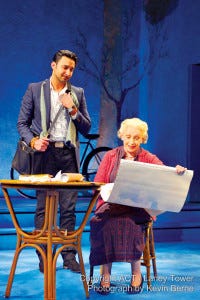 Through these relationships, Stoppard explores the tension between England and India in the periods before and after independence, which was finally granted in 1947. Character development tilts toward the Crewe sisters, creating the impression of a disappointingly Euro-centric approach to the story, compensated for marginally by Anish’s snappy dialogue with Eleanor.
Through these relationships, Stoppard explores the tension between England and India in the periods before and after independence, which was finally granted in 1947. Character development tilts toward the Crewe sisters, creating the impression of a disappointingly Euro-centric approach to the story, compensated for marginally by Anish’s snappy dialogue with Eleanor.
In this sense, the play itself walks the line of orientalist oversimplification of India, but does not veer so deeply into this territory so as not to be salvaged.
For example, Crewe’s intolerance of Das’s love of English literature, culture and art comes out in an exasperated, “Don’t be so Indian!,” modified to a floppy “… be more Indian,” as if she were the one who determined what “Indianness” is.
This is only weakly challenged by Das, as if Stoppard had no retort for the definition of Indian-ness as being an adoration of the British.
Originally of Czech heritage, playwright Tom Stoppard escaped WWII with his family to India via Singapore, where he was adopted by a British stepfather who imposed upon the young Stoppard
(born Straussler) ideas of British superiority. This appreciation of Stoppard’s personal history may justify the point of view that he is superimposing himself onto the characters.
Regardless, ACT’s actors give life and individuality to their characters. Meaney’s Crewe sheaths her terrible pain underneath an almost opaque gauze of good humor and intelligence.
Bamji gives depth to the Das character and gives us just enough of an impression that there is more to him than the hyper polite veneer the character puts on. Vahdat nimbly balances his character’s sparring with the elderly Eleanor, graceful and elegant and equally biting at times — and managing their misunderstandings with gentle humor. Fusco’s Pike is an obnoxious caricature that brings easy comic relief (and relief from the endless stream of quippy barbs from the rest of the cast).
Indian Ink: American Conservatory Theatre
Through Feb. 8th
2h 45 mins, in 2 acts
Tickets and info:
tickets.act-sf.org/online/
($25-$100)









